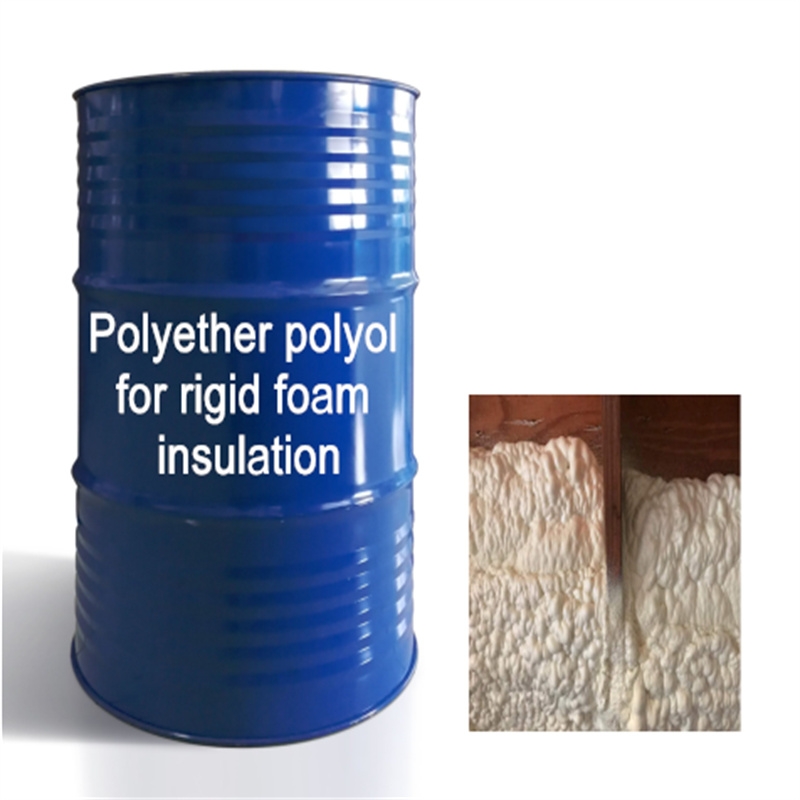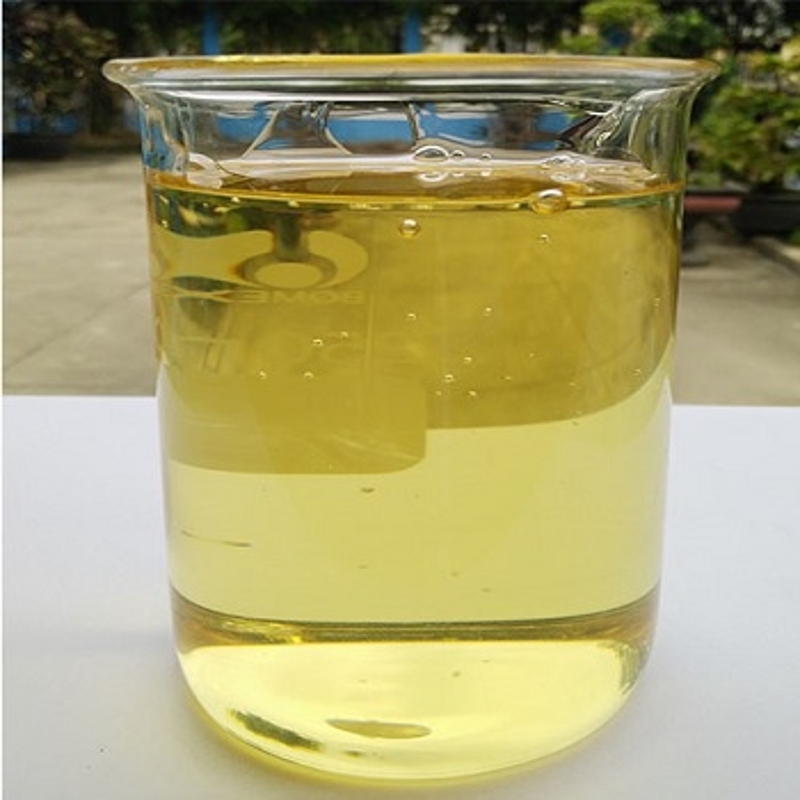-
Categories
-
Pharmaceutical Intermediates
-
Active Pharmaceutical Ingredients
-
Food Additives
- Industrial Coatings
- Agrochemicals
- Dyes and Pigments
- Surfactant
- Flavors and Fragrances
- Chemical Reagents
- Catalyst and Auxiliary
- Natural Products
- Inorganic Chemistry
-
Organic Chemistry
-
Biochemical Engineering
- Analytical Chemistry
- Cosmetic Ingredient
-
Pharmaceutical Intermediates
Promotion
ECHEMI Mall
Wholesale
Weekly Price
Exhibition
News
-
Trade Service
7 Measurement steps
1 Extraction
Take 5g of sample (accurate to ±20mg), add 3mL of sodium carbonate solution and 20mL of ethyl acetate to a 50mL centrifuge tube, vortex to mix, ultrasonically extract for 10min, centrifuge at 4000r/min for 10min, and take the supernatant to 100mL pear-shaped bottl.
Cyclohexane
2 Purification
1 Gel cleanup
Transfer the standby solution to the gel purification column, rinse with 110 mL of 50% cyclohexane ethyl acetate solution, determine the volume of the collected eluent according to the gel purification elution curve, rotate to dryness at 40 ° C, and use methanol for the residu.
methanol
Drawing of the elution curve of the gel purification column: put 5mL of the mixed standard solution on the column, rinse with 50% ethyl acetate solution of cyclohexane, collect the eluent, collect one tube per 10mL, and purge with nitrogen in a 40°C water bath to dr.
2 SPE cleanup
The solid-phase extraction column was activated with 5 mL of methanol and 5 mL of water in turn, and the standby liquid was passed through the column, and the flow rate was controlled to not exceed 2 mL/min, rinsed with 10 mL of 50% methanol aqueous solution, drained, and eluted with 10 mL of methanol, and the flow rate was controlled to not exceed 2 m.
3 Derivation
Add 30/μL of shomonium heptafluorobutyrate and 70/μL of acetone to the above stoppered glass centrifuge tube, cover tightly, mix by vortex for 30s, derivatize in a 30°C incubator for 30min, blow dry with nitrogen, and add n-hexane precisel.
4 Preparation of standard curve
Take 50 μL, 100 μL, 200 μL, 500 μL, and 1000 μL of mixed standard working solution in a 5 mL sample reaction flask, blow nitrogen to dryness in a 40°C water bath, and derivatize according to the method in 3 to make octylphenol and diethylstilbestrol with a concentration of 5 μg/.
Diethylstilbestrol
5 Determination
1 Chromatographic reference conditions
a) Chromatographic column: HP-5ms quartz capillary column (30mX25mmX25μm), or equivalent;
b) Carrier gas: high-purity helium, purity ≥9999%, flow rate 0mL/min;
c) Injection method: splitless injection;
d) Injection volume: 1 μL;
e) Inlet temperature: 250°C;
f) Column temperature: the initial column temperature is 120°C, hold for 2min, rise to 250°C at 15°C/min, then rise to 300°C at 5°C/min, hold for 5mi.
2 Mass Spectrometry Reference Conditions
a) Ion source: EI source;
b) Ion source temperature: 230°C;
c) Quadrupole temperature: 150°C;
d) Interface temperature: 280°C;
e) Solvent delay: 7min;
f) Selected ion monitoring (SIM): monitoring ions of octylphenol, nonylphenol, bisphenol A, diethylstilbestrol, estrone, 17α-ethinyl estradiol, 17β-estradiol, and estriol derivatives are shown in Table 1.
3 Determination method
1 Qualitative determination
Under the same test conditions, the deviation between the retention time of the analyte in the sample solution and the retention time of the analyte in the standard working solution is within ±10min, and in the sample mass spectrum after subtracting the background, the selected characteristic ion should appear, and the relative abundance of the detected ions should be consistent with the relative abundance of the calibration standard solution of equivalent concentratio.
2 Quantitative determination
Set the instrument conditions according to 1 and 2, take the concentration of the standard working solution as the abscissa and the peak area as the ordinate, draw a standard curve, perform single-point or multi-point calibration, and calculate the drug in the sample according to the external standard method The residual amount and quantitative ion are shown in Table 1. See Appendix B for characteristic ion mass chromatograms of standard solution derivative.
6 Blank test
The above-mentioned measurement steps were all carried out except that no sample was adde.







